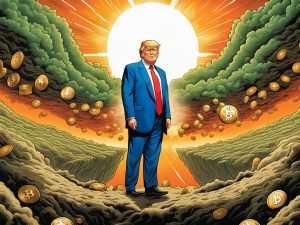Solana, the Layer-1 protocol, made waves in the blockchain industry in 2021 with its impressive growth from $3 USD to over $250. Despite facing setbacks such as network outages and the collapse of FTX, Solana is back on track and ready to make its mark in the crypto world. Known as the “Ethereum Killer,” Solana has gained popularity for its fast transaction speeds and secure network. So, what sets Solana apart from other cryptocurrencies? It all comes down to its unique consensus mechanism called Proof-of-History (PoH). This mechanism introduces timestamps that allow validator nodes to process data simultaneously, resulting in lightning-fast speeds. Additionally, Solana utilizes a Proof-of-Stake (PoS) mechanism for added security and energy efficiency. Solana offers a wide range of use cases, including decentralized finance (DeFi), non-fungible tokens (NFTs), and even Web3 mobile devices. It has a thriving DeFi ecosystem with low transaction costs and fast trades. Moreover, Solana has become a popular platform for NFTs, offering a vibrant marketplace and enforcing creator royalties at a contractual level. Solana also introduced the Solana Saga, a Web3 smartphone with a built-in hardware wallet vault. One of Solana’s key advantages is its eco-friendliness. It has achieved carbon neutrality and consumes less energy compared to other cryptocurrencies. However, Solana is not without its concerns and controversies. Some question its decentralization due to significant backing from venture capitalists. The network has also faced outages in the past, and the collapse of FTX raised concerns about its stability. Despite these challenges, Solana remains a promising player in the crypto industry.





 By
By
 By
By

 By
By

 By
By